Vietnam, with its rich cultural heritage, stunning landscapes, and warm hospitality, continues to enchant travelers from around the world. As you plan your journey to this captivating Southeast Asian destination in 2024, there are several essential things to keep in mind to ensure a memorable and fulfilling experience. From understanding Vietnam’s heritage to navigating its diverse landscapes and cultural nuances, this detailed guide provides insights, tips, and recommendations for travelers embarking on an adventure in Vietnam.
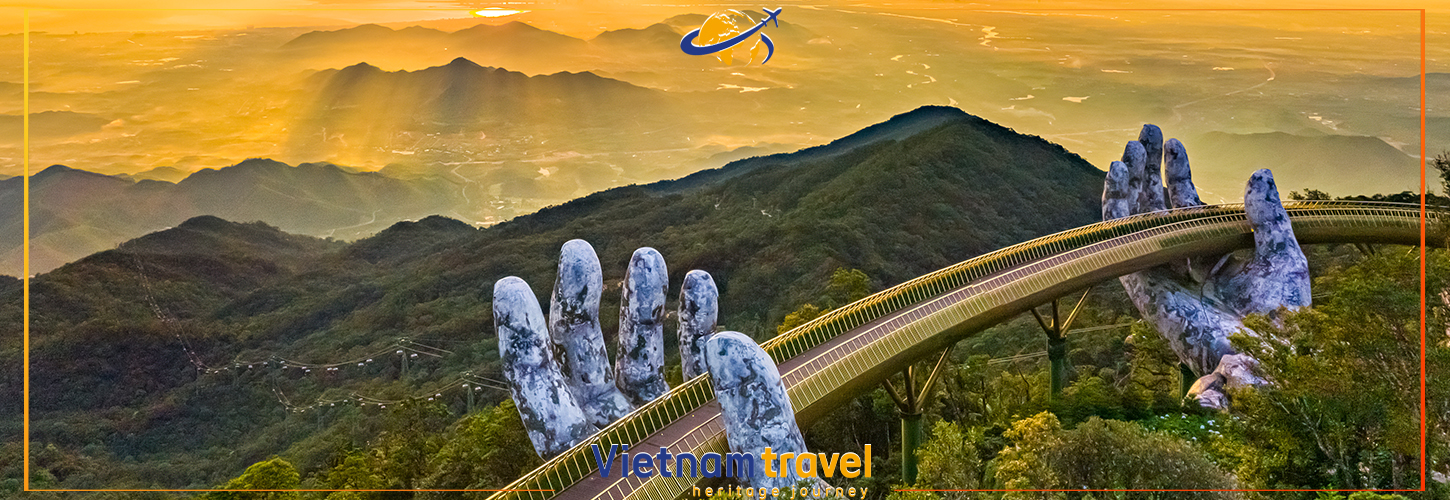
Understanding Vietnam’s Heritage
Vietnam boasts a heritage that spans thousands of years, shaped by a diverse array of cultures, traditions, and historical events. From ancient temples and imperial citadels to colonial architecture and traditional villages, the country’s heritage is deeply woven into its cultural fabric. Understanding and appreciating Vietnam’s heritage is essential for travelers seeking to immerse themselves in the country’s rich history and cultural identity.
1. Explore UNESCO World Heritage Sites
Vietnam is home to several UNESCO World Heritage Sites that showcase the country’s rich heritage and cultural significance. These include:
- Halong Bay: Explore the stunning landscapes of Halong Bay, where thousands of limestone karsts rise dramatically from the emerald waters, creating a breathtaking natural spectacle.

- Hoi An Ancient Town: Wander through the charming streets of Hoi An, a UNESCO-listed ancient town known for its well-preserved architecture, lantern-lit alleys, and vibrant cultural scene.
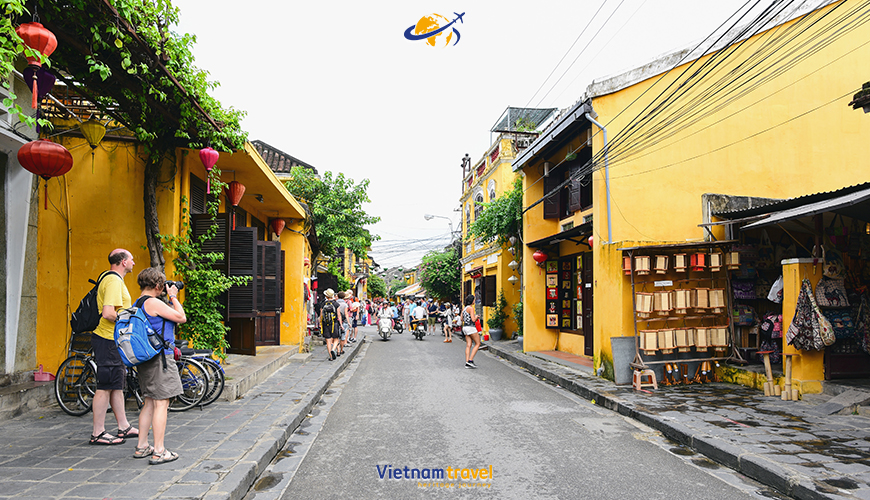
- Hue Imperial Citadel: Discover the grandeur of the Hue Imperial Citadel, a sprawling complex of palaces, temples, and fortifications that served as the seat of Vietnam’s emperors during the Nguyen Dynasty.
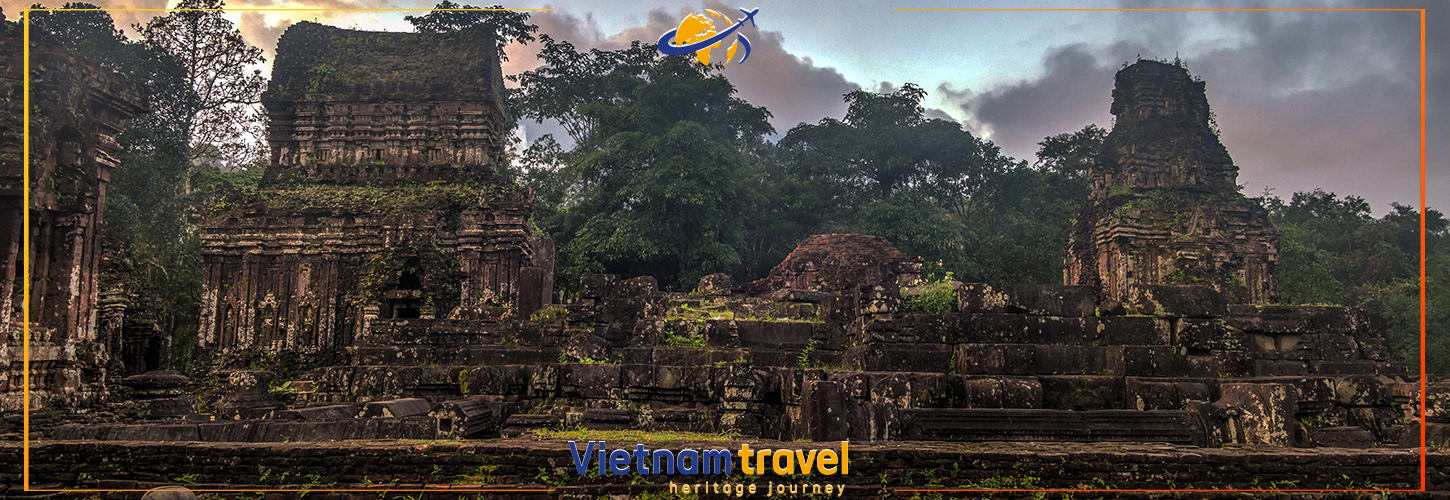
- My Son Sanctuary: Visit the My Son Sanctuary, a cluster of ancient Hindu temples nestled in a lush valley, dating back to the Champa Kingdom and showcasing Vietnam’s rich cultural heritage.
Exploring these UNESCO sites provides valuable insights into Vietnam’s history, architecture, and cultural traditions.
2. Embrace Cultural Experiences
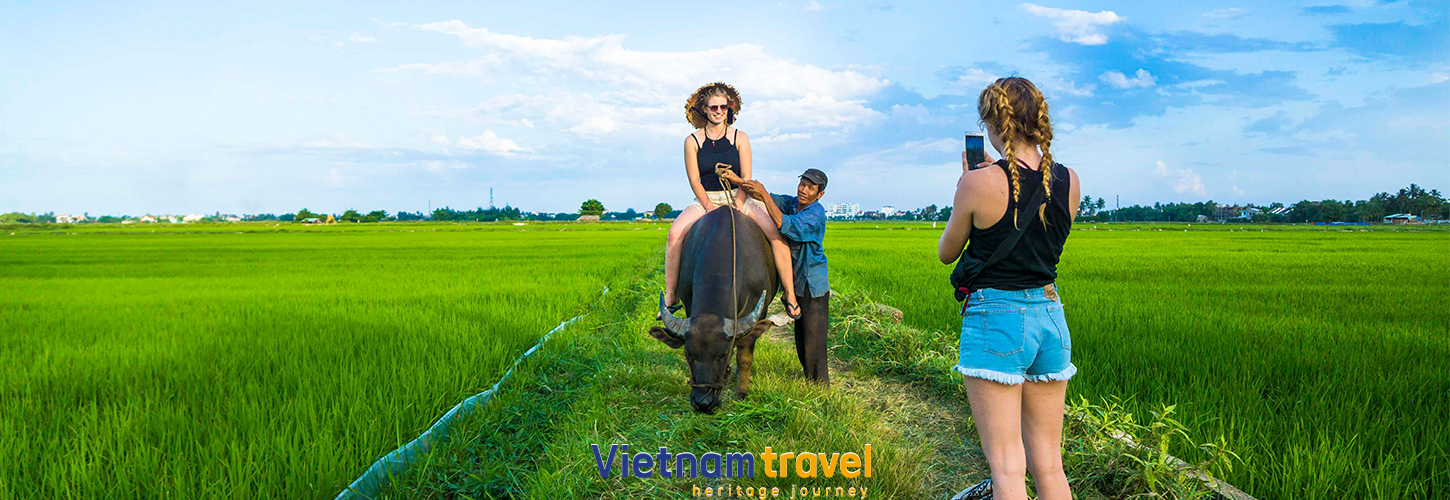
To truly immerse yourself in Vietnam’s heritage, be sure to participate in cultural experiences that offer a glimpse into the country’s traditions and way of life. Consider:
- Homestays: Stay with local families in rural villages to experience authentic Vietnamese hospitality, learn about traditional customs, and engage in daily activities such as farming, cooking, and crafts.
- Culinary Tours: Embark on a culinary journey to sample Vietnam’s diverse cuisine, from street food delicacies to regional specialties. Take cooking classes to learn how to prepare traditional dishes using fresh, locally sourced ingredients.
- Art and Craft Workshops: Explore Vietnam’s rich artistic heritage by attending workshops where you can learn traditional crafts such as silk weaving, pottery making, and lantern crafting. Engage with local artisans to gain insight into their techniques and creative processes.
Participating in these cultural experiences allows you to connect with local communities, gain a deeper appreciation for Vietnam’s heritage, and create lasting memories.
Navigating Vietnam’s Diverse Landscapes

Vietnam’s landscapes are as diverse as they are breathtaking, ranging from lush rice paddies and soaring mountains to pristine beaches and bustling cities. Navigating these diverse landscapes requires careful planning and consideration to ensure a smooth and enjoyable journey.
1. Plan Your Itinerary Wisely

When planning your itinerary, consider the diverse attractions and regions that Vietnam has to offer, and tailor your travel plans to suit your interests and preferences. Whether you’re interested in exploring ancient temples, trekking through remote villages, or relaxing on sun-kissed beaches, there’s something for everyone in Vietnam.
- Northern Vietnam: Explore the cultural and historical landmarks of Hanoi, trek through the terraced rice fields of Sapa, and cruise the scenic waters of Halong Bay.
- Central Vietnam: Discover the ancient town of Hoi An, explore the imperial city of Hue, and relax on the pristine beaches of Danang and Nha Trang.
- Southern Vietnam: Experience the vibrant energy of Ho Chi Minh City, explore the Cu Chi Tunnels and the Mekong Delta, and unwind on the idyllic islands of Phu Quoc and Con Dao.
By planning your itinerary wisely, you can make the most of your time in Vietnam and ensure that you don’t miss out on any must-see attractions or experiences.
2. Consider Sustainable Travel Practices

As you explore Vietnam’s diverse landscapes, it’s important to consider the impact of your travels on the environment and local communities. Embrace sustainable travel practices that minimize your carbon footprint and support conservation efforts.
- Responsible Accommodation: Choose eco-friendly hotels, lodges, and homestays that prioritize sustainability and environmental conservation. Support establishments that implement recycling programs, energy-saving initiatives, and community development projects.
- Respect Local Customs: Be respectful of local customs, traditions, and cultural norms when visiting rural villages and indigenous communities. Seek permission before taking photographs, dress modestly, and refrain from engaging in activities that may be culturally insensitive.
- Support Local Communities: Support local businesses, artisans, and tour operators that promote responsible tourism practices and contribute to the economic empowerment of local communities. Purchase handmade crafts, souvenirs, and products that are ethically sourced and produced.
By embracing sustainable travel practices, you can minimize your impact on the environment and contribute to the preservation of Vietnam’s natural and cultural heritage for future generations to enjoy.
Practical Tips for Traveling in Vietnam
In addition to understanding Vietnam’s heritage and navigating its diverse landscapes, there are several practical tips to keep in mind to ensure a smooth and enjoyable travel experience.
1. Visa and Entry Requirements

Before traveling to Vietnam, ensure that you have the necessary visa and entry requirements in place. Depending on your nationality, you may need to apply for a visa in advance or obtain a visa on arrival. Check the latest visa regulations and entry requirements from the official website of the Vietnam Embassy or consulate in your country.
2. Health and Safety
Take necessary precautions to protect your health and safety while traveling in Vietnam. Ensure that you have adequate travel insurance coverage that includes medical evacuation and repatriation. Stay informed about health advisories, vaccination requirements, and any potential health risks such as infectious diseases or foodborne illnesses. Practice good hygiene, drink bottled or boiled water, and avoid consuming raw or undercooked food.
3. Transportation and Getting Around
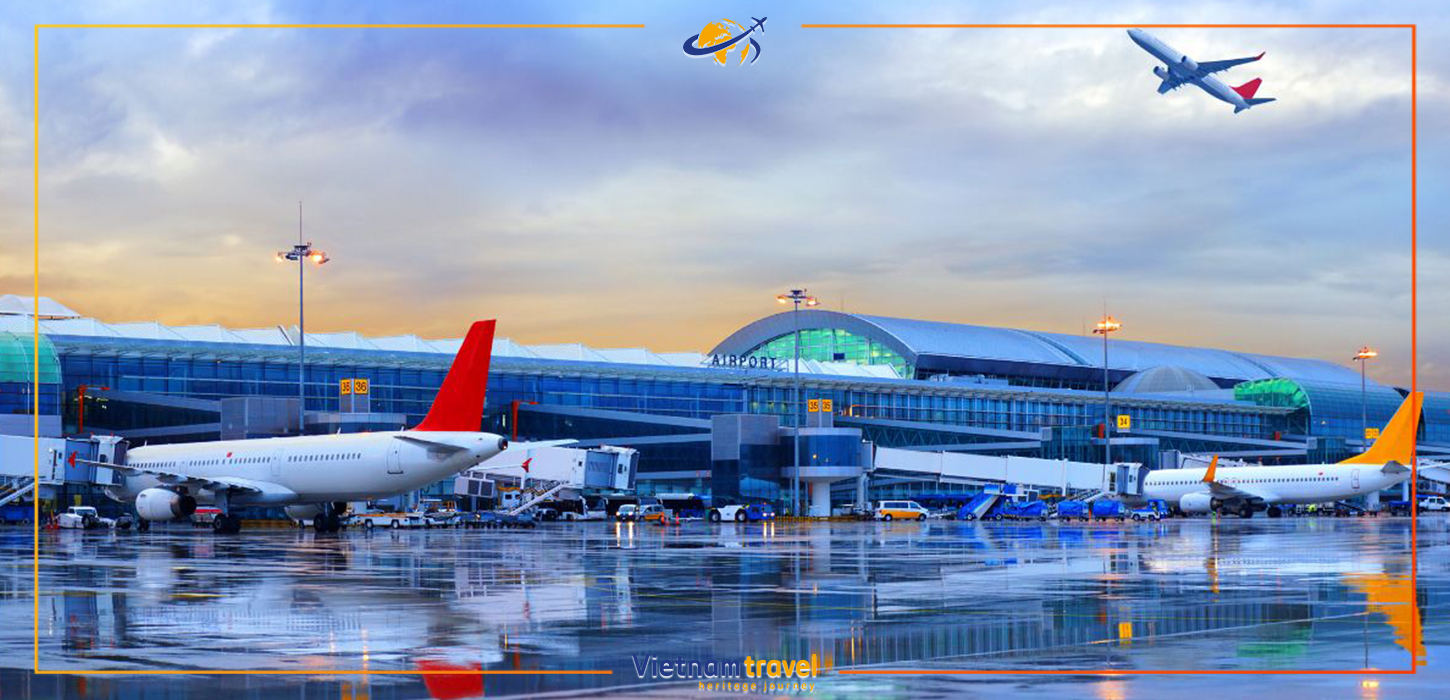
Vietnam has a well-developed transportation network that makes it easy to travel between cities and regions. Consider the following transportation options:
- Domestic Flights: Vietnam has several domestic airlines that operate flights between major cities and tourist destinations. Book domestic flights in advance to secure the best fares and schedules.
- Trains: The Vietnamese railway system offers comfortable and affordable train services between major cities and towns. Consider taking an overnight train for longer journeys to save time and accommodation costs.
- Buses and Coaches: Buses and coaches are a convenient and cost-effective way to travel between cities and regions in Vietnam. Look for reputable bus companies that offer comfortable and reliable services.
- Motorbikes and Scooters: Renting a motorbike or scooter is a popular option for exploring cities and rural areas in Vietnam. Exercise caution when riding motorbikes, wear a helmet at all times, and familiarize yourself with local traffic rules and regulations.
4. Currency and Payments
The official currency of Vietnam is the Vietnamese Dong (VND). While major credit cards are accepted at hotels, restaurants, and tourist attractions in urban areas, it’s advisable to carry cash for transactions in smaller towns and rural areas. ATMs are widely available in major cities and tourist destinations, but inform your bank of your travel plans in advance to avoid any issues with accessing your funds.
5. Language and Communication
Vietnamese is the official language of Vietnam, but English is widely spoken in tourist areas, hotels, restaurants, and shops. Learning a few basic phrases in Vietnamese, such as greetings and expressions of gratitude, can go a long way in communicating with locals and showing respect for their culture and language. Consider downloading translation apps or carrying a phrasebook to facilitate communication, especially in remote areas where English may not be widely spoken.
Conclusion
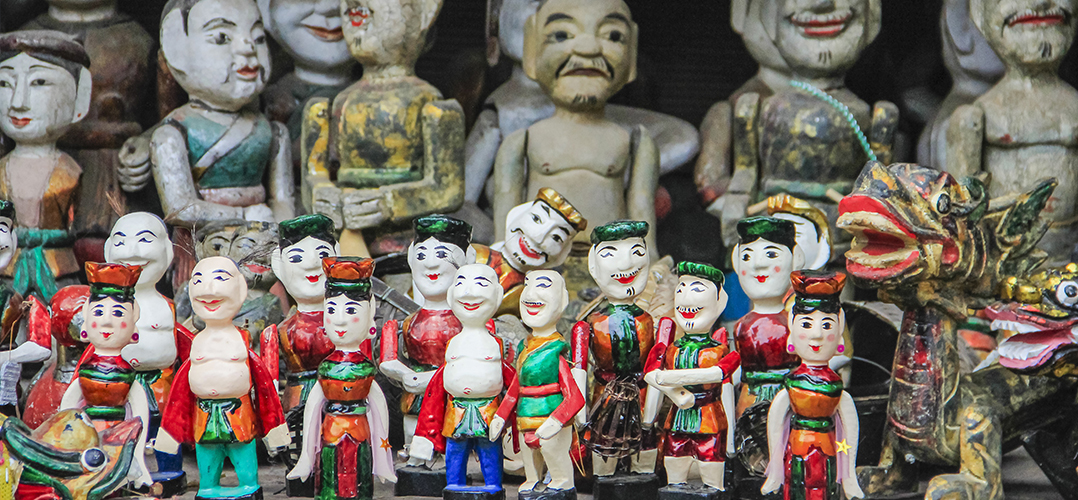
Traveling to Vietnam in 2024 offers a unique opportunity to explore the country’s rich heritage, diverse landscapes, and vibrant culture. By understanding Vietnam’s heritage, navigating its landscapes, and following practical tips for travel, you can embark on an unforgettable journey that immerses you in the beauty and charm of this enchanting destination. Whether you’re exploring ancient temples, cruising majestic bays, or sampling delicious cuisine, Vietnam promises a travel experience that is as enriching as it is memorable.



Comment (0)